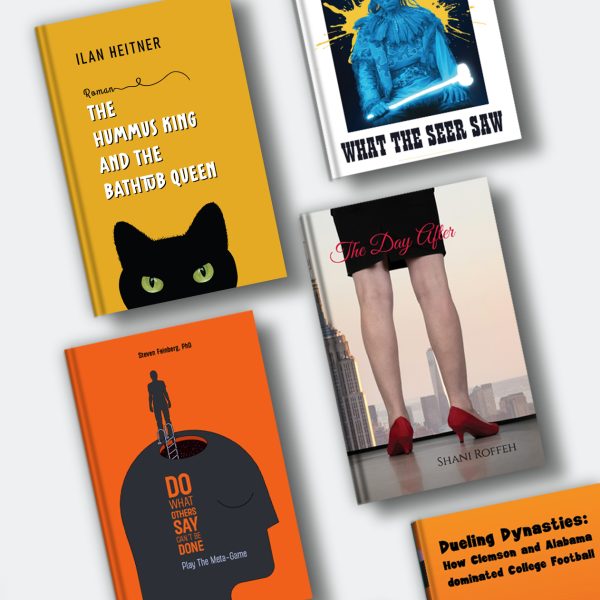How Much Does It Cost to Publish Your Book?
Before novels like The Bridges of Madison County and You Can Heal Your Life became all-time bestsellers, the authors of these books went through the tedious and costly process of self-publishing. Yes, publishing, like anything else, is an investment.
If you dream of joining the ranks of world-renowned novelists such as Toni Morrison and Joseph Heller, the first thing you should consider is how much it can cost to publish a book. After all, publishing a novel is a massive undertaking that requires a significant amount of time and money.
In this article, you will learn how much it costs to publish a book, what factors are at play, and what options are available.
4 Factors That Affect Publishing
Medium – Softcover and hardcover books cost more because their printing and distribution require more resources. eBooks, on the other hand, understandably cost less because there is no printing involved – but you’ll still need a graphic designer for the cover and the formatting.
Length of the book – The more pages you want to print, the more expensive the publishing will be. The same goes for eBooks, as more pages mean bigger file sizes and more design work.
Genre – The cost of proofreading, editing, and formatting books is based on genre and complexity. For example, a crime novel, notorious for having tons of inconsistencies in its raw form, will likely cost more than a romance novel.
Print Quality – Needless to say, your publishing house will charge you more if you prefer high-quality paper and print. You may also need to spend extra if the print includes images and colors, or if you need to print large quantities.
Cost According to Publishing Method
There are no standard prices for publishing a book – determining your needs for how you would like your book to be published is the first step to figuring out how much money you might spend. If you self-publish, you will have to do most of the work on your own to make it happen. When you work with a traditional publisher, on the other hand, then the company will typically do most of the work for you in exchange for a percentage of the profits and royalties. At the same time, you retain the majority of the rights to the content. We break down the three common ways you can publish your book below.
Traditional Publishing
The oldest and most popular approach involves submitting your manuscript to a publishing house, hoping they will fund its publication and sale. In return, the publishing house receives a significant portion of the net profit.
Depending on the financial risk they have to take in publishing your work, their net profit may range from 85 to 95 percent of the sale, leaving you with only 5 to 15 percent royalty. In other words, they’ll sell your book for a dollar, and you’ll possibly end up with a nickel. The upside is that they’ll take care of production, distribution, marketing, and all other costs.
Unfortunately, the traditional way of publishing can be risky because you lose control over the content. Your publisher can change your book, and sometimes the final product is nothing like the original. Your contract may allow the publisher to change, remove, or shuffle certain parts of your book as they please, and you will have no recourse or veto power.
Self-Publishing
Self-publishing is a route that has become increasingly popular for new authors to get their material on bookshelves. Here, you publish your book without the help of a major publishing company, either through digital publishing or offset printing. This option will require you to spend a considerable amount of money at the start because you won’t have a publishing house to help with the upfront costs. Depending on your desired number of copies and your target profit, the cost can be anywhere from $2,000 to $10,000. Here’s a quick breakdown:
- Editing and Formatting – $4,000 (60,000-word manuscript)
- Layout and Cover Design – $1,500
- Printing and Distribution – Variable (depends on the number of copies)
- ISBN – $100 to $300 (depends on the code type)
However, keep in mind that you are not entirely on your own in your self-publishing journey, and there are ways to reduce the cost and save money. So, how much does it cost to publish your book? Well, thanks to platforms that offer self-publishing services like Spines, you have a chance to publish your book without draining your bank account, even offering a free copyright certificate upon uploading your manuscript.
They offer everything you will need to publish and sell your book, from book proofreading and editing to marketing and sales – and provide you with step-by-step guidance from start to finish. They also distribute your book over 100+ distribution channels, including Amazon, Barnes & Nobles, Baker & Taylor, BAM and Ingram Group.
Simply put, you can publish your book in a fraction of the time, and at a fraction of the cost as a traditional publishing house. Not to mention, you’ll get up to 70 percent royalties, compared to the 5 to 15 percent book royalties you typically get if published through conventional means.












